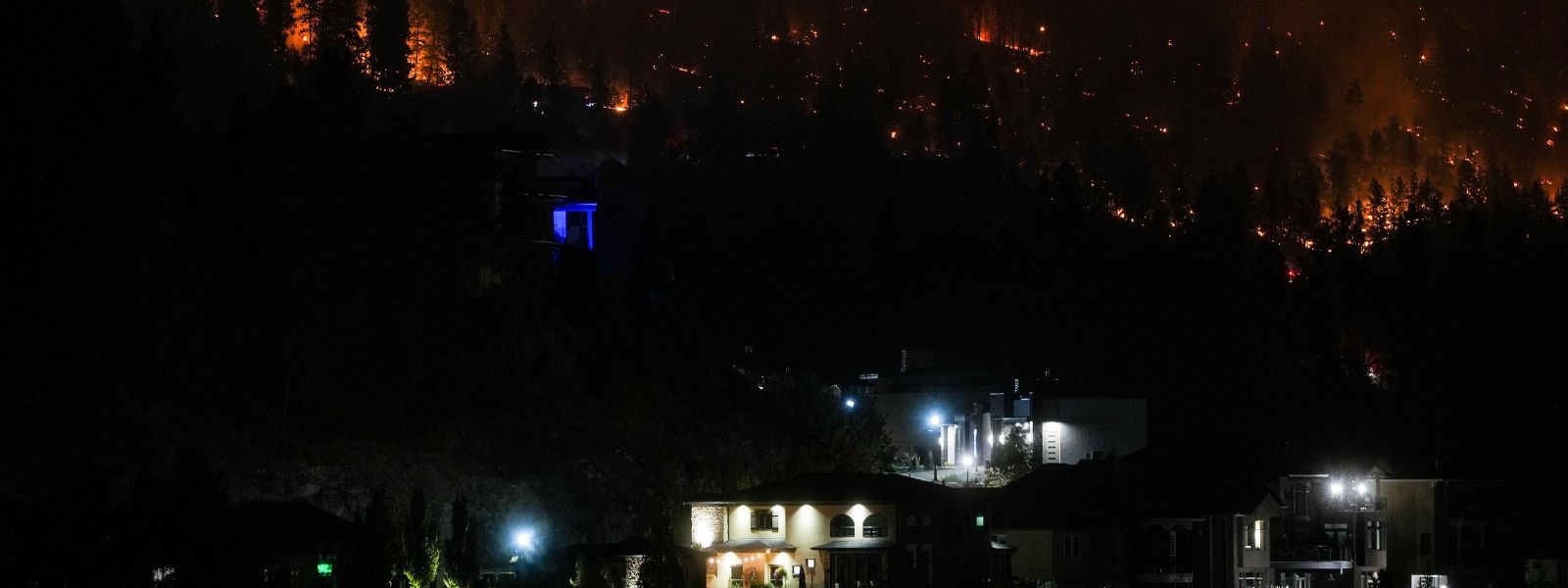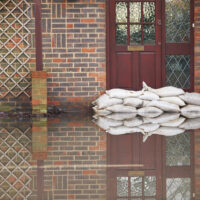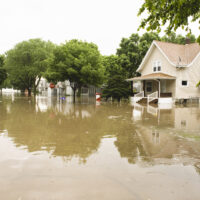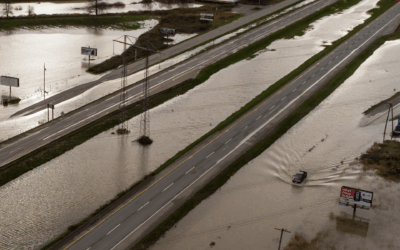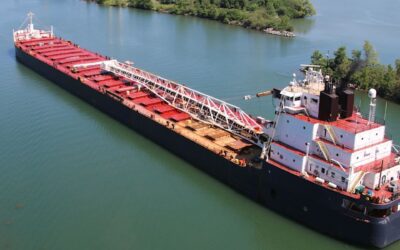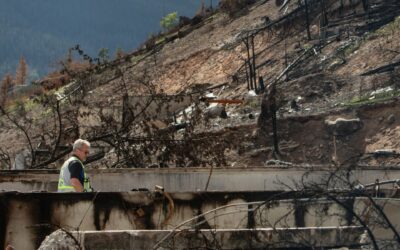This blog was previously published in the National Newswatch.
Governments across Canada have pledged to do everything they can to address the housing crisis faced by millions of people across Canada. That includes spending billions of dollars and removing regulatory hurdles to ensure millions more homes are built by the end of the decade.
More housing is critical to improving affordability—as long as it’s built in the right places. In an age of escalating climate impacts, the golden rule of real estate—location, location, location—can sometimes ignore the potential future cost to residents and taxpayers if housing is built in the wrong place.
A new first-of-its-kind report from the Canadian Climate Institute finds that if housing continues to be built in places susceptible to wildfires and flooding, then homeowners, renters, and governments could be on the hook for billions annually for disaster relief and rebuilding efforts.
But the inverse is also true: governments that shift development away from high-risk zones can save billions of dollars.
This aligns with earlier findings from the Task Force on Housing and Climate, which made the case that affordability isn’t just about building more homes regardless of location, but building smarter.
Ignoring climate risks when building new housing will make homes less affordable
The Canada Mortgage and Housing Corporation estimates that 5.8 million homes need to be built by 2030 to meet its affordability targets—that’s a 35 per cent increase in housing stock across the country over the next five years.
The Climate Institute’s research, informed by wildfire risk models from Co-operators, shows that under current policies more than 220,000 of those new homes will be built in communities exposed to high wildfire hazard. The Institute’s analysis also finds that more than 530,000 homes will be located in areas of high flood hazard. That means likely damages to new housing as high as $3 billion per year—over and above the billions currently spent annually on disaster relief for damage to existing homes.
Most provinces and territories have gaps in land use policies that allow homes to be built in high-hazard wildfire and flood zones, and federal programs such as the Housing Accelerator Fund may push local governments to prioritize quantity of housing over safety. Instead of improving affordability, this high-risk housing boom could increase the cost of living, adding to bills—both personal and public—for repairs and replacement, ever-rising insurance premiums, and disaster-recovery efforts.
These risks are neither distant nor abstract. Damages from extreme weather events in 2024 shattered records for the costliest year in Canada at more than $8.5 billion in insured losses.
Building a small fraction of new homes on safer ground will save billions
So what can governments do to keep Canadians safe and protect the public purse while aggressively expanding access to housing?
The good news is that new homes can be built without greenlighting development in the most hazardous zones. By steering a small percentage of new homes away from the most hazardous places to safer ground, governments can dramatically reduce flood and wildfire risk and prevent costs from soaring. Redirecting about three per cent of the homes targeted for construction by 2030 away from the highest flood-hazard areas would reduce Canada’s flood risk to new housing by up to 80 per cent, according to the Climate Institute’s research.
Three things need to change to make that happen.
First, all orders of governments should put policies in place to steer housing and infrastructure investment to low-hazard areas and limit new construction in areas where housing would be at high risk for flood and fire damage.
Second, provincial and federal governments should reform disaster assistance programs to send a clear signal that new high-risk development may not be eligible for disaster relief, and allocate funds to build back damaged housing out of harm’s way.
And third, governments should update flood and wildfire hazard maps, make them publicly available, and mandate their disclosure in real estate transactions so that developers, homeowners, and renters can choose safe places to build, buy, and live.
With the impacts of climate change becoming more extreme and pervasive, it’s more important than ever that new housing is built in safer places. Governments can avoid locking in future costs, protect communities, and ensure public investments deliver lasting benefits. Ultimately, the most affordable home is the one you don’t have to rebuild after a disaster strikes.

